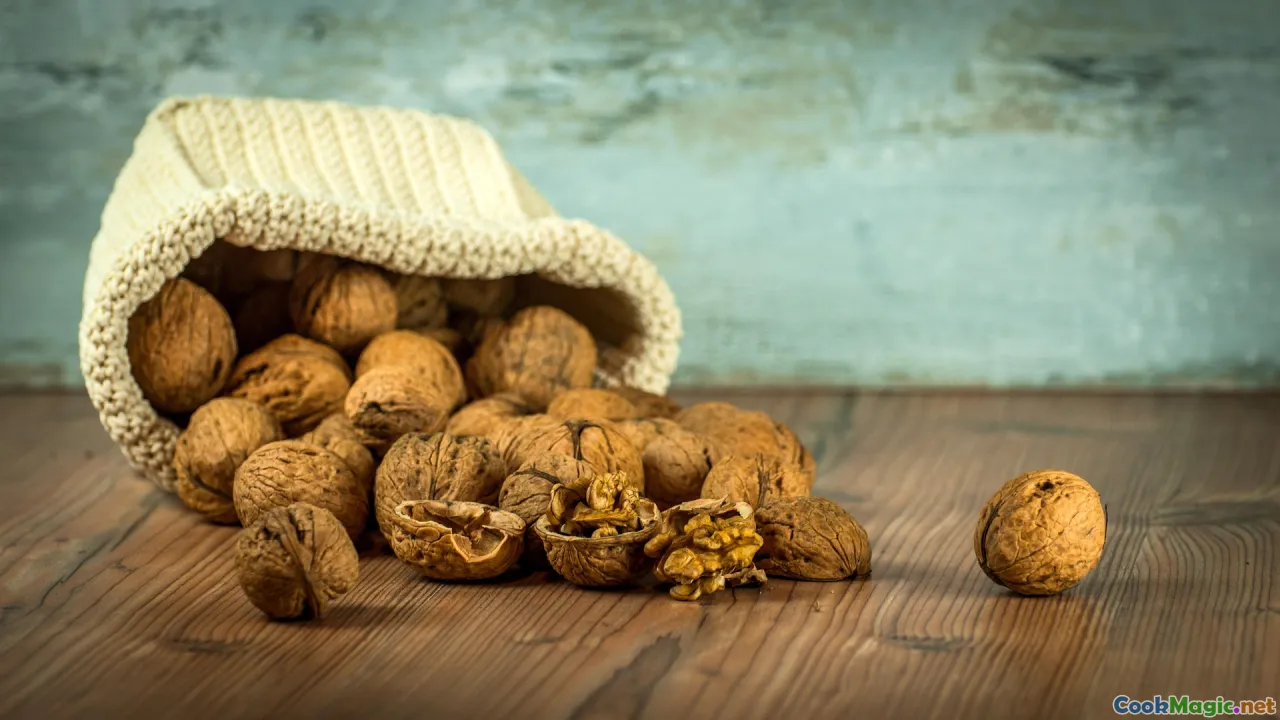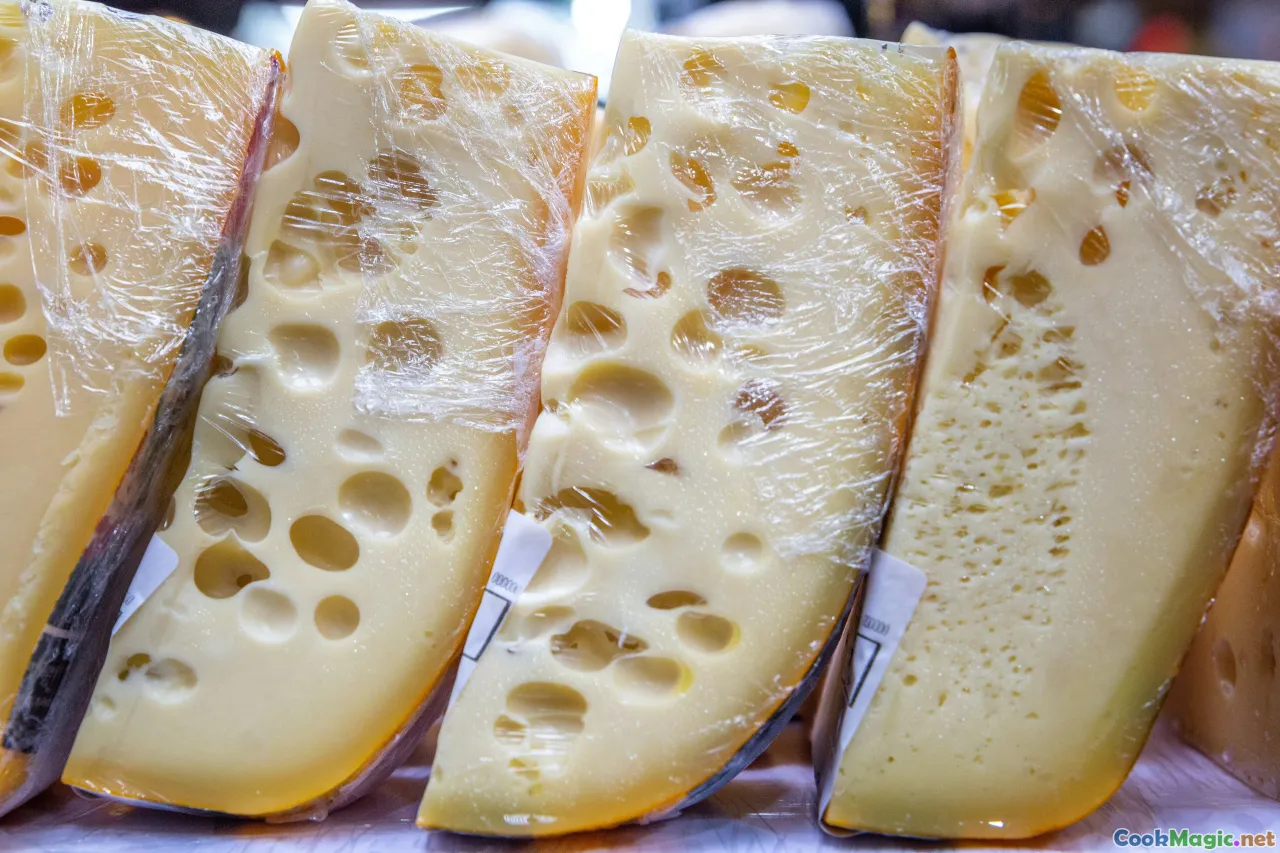Mastering Georgian Walnut Sauces and Their Pairings
10 min read Explore the secrets of Georgian walnut sauces and discover ideal pairings to elevate your culinary experience. June 30, 2025 12:05
Mastering Georgian Walnut Sauces and Their Pairings
Few culinary traditions evoke the richness of history, the tapestry of flavors, and the warmth of hospitality quite like Georgian cuisine. Central to this cuisine is a beloved condiment: the walnut-based sauce. These sauces, with their velvety textures and earthy, nutty profiles, serve as both an emblem of Georgia’s ancient culinary heritage and a versatile flavor cornerstone that can elevate everything from stews to grilled meats.
In this exploration, we will embark on a sensory journey through Georgian walnut sauces—delving into their history, exploring classic recipes, honing techniques for mastering their preparation, and uncovering perfect pairings that bring out their nuanced flavors. Whether you're a home cook or an adventurous chef, mastering these sauces will open a new chapter in your culinary repertoire—one infused with the soul of Georgia.
The Heart of Georgian Walnut Sauces: Heritage and Significance

Georgia’s mountainous terrain and fertile valleys have nurtured a cuisine rooted in local ingredients and centuries-old traditions. Walnut trees, aptly called the 'Tree of Life' in Georgia, have long been integral both economically and culturally. They symbolize prosperity, hospitality, and spiritual sanctity.
Many traditional Georgian dishes hinge upon walnut sauces—from the famed Cha{ ne (spicy walnut spread) to the classic Satsivi, a cold poultry dish crowned with a creamy walnut gravy. These sauces are not just culinary embellishments—they are carriers of history: invading Persian armies adapted local recipes, monasteries preserved secret ingredients, and every family passed down their own variations, enriching Georgia’s culinary mosaic.
Cultural & Emotional Connections
Imagine sitting around a traditional supra (feast), the aroma of slow-cooked meats mingling with the intoxicating scent of crushed walnuts. Georgian walnut sauces evoke feelings of warmth, hospitality, and resilience, often served during family gatherings or festive occasions. They symbolize a food heritage that cherishes both the land and its stories.
The Classic Georgian Walnut Sauce: A Detailed How-To

Essential Ingredients
- 2 cups toasted walnuts
- 2-3 cloves garlic
- 1 hot chili pepper (fresh or dried)
- 1 teaspoon ground coriander
- 1 teaspoon fenugreek seeds (optional, for authenticity)
- 2 tablespoons pomegranate juice or vinegar
- Salt to taste
- Water or broth (to adjust consistency)
Preparation Steps
- Toast the Walnuts: Begin by lightly toasting the walnuts in a dry skillet over medium heat until fragrant—about 3-5 minutes. This intensifies their aroma, adding depth.
- Grind the Walnuts: Use a mortar and pestle or a food processor to grind the toasted walnuts into a coarse but uniform paste. For traditionalists, hand-grinding offers a rustic texture and meditative experience.
- Create the Base: In a bowl, combine the walnut paste with crushed garlic, chili, coriander, and fenugreek. Mix thoroughly.
- Add Liquids: Stir in pomegranate juice or vinegar for a touch of acidity, balancing the earthy richness. Adjust with water or broth to reach your desired consistency—thicker for spreading, thinner for sauces.
- Season & Rest: Salt to taste and let the sauce rest for at least 15 minutes for flavors to meld.
Tips for Success
- Use quality, fresh walnuts for optimal flavor.
- Toast walnuts carefully to avoid bitterness.
- Experiment with spice levels according to your heat tolerance.
- Incorporate pomegranate juice to add tang; it’s a signature note in Georgian sauces.
Variations and Modern Twists
Georgian walnut sauces vary regionally and personally. Some cooks add finely chopped herbs like cilantro or dill for freshness; others incorporate sour elements such as lemon juice or tamarind for more vibrant acidity.
Creamy Satsivi Sauce
A classic example is the Satsivi, a cold turkey or chicken dish topped with a cold, creamy walnut sauce. Prepare the walnut base slightly thicker, add lemon juice, and chill before serving for a refreshing contrast to tender poultry.
Spicy Chashushuli Additive
In spicy stews like Chashushuli, walnuts are pur d into a thick sauce that adds body and balances the acid of tomatoes and vinegar, creating an intricate dance of flavors.
Pairing Georgian Walnut Sauces: Cheese, Meats, and More

The versatility of Georgian walnut sauces makes them ideal companions for a wide range of dishes:
Grilled Meats & Kebabs
Rich lamb or beef kebabs benefit from the cooling, nutty spread—adding a new dimension of contrast and richness. A generous spoonful of walnut sauce over a freshly grilled shashlik enhances smoky flavors.
Traditional Cheeses
Georgia boasts an array of cheeses like Satsivi and Guda. Accompany these with a walnut sauce for an exquisite alpine-inspired bite—soft, crumbly cheese against the silky nuttiness.
Complementary Vegetables
Roasted eggplants, charred peppers, or even boiled potatoes become celebratory dishes with a dollop of walnut sauce—each bite a testament to local ingredient harmony.
Bread & Flatbread
Typically accompanying meals, Georgian tonis puri or shotis puri serve as perfect vessels—torn, dipped, and enjoyed with a generous drizzle of walnut sauce for a wholesome experience.
Tips & Tricks for Mastery
- Balancing Flavors: Georgian walnut sauces are a symphony of earth, heat, acidity, and aroma. Taste regularly as you go and adjust seasoning accordingly.
- Adjusting Texture: For a smoother sauce, process walnuts with liquids in a blender. For rustic charm, keep it chunky.
- Serving Temperature: While some sauces are best served at room temperature, others, like Satsivi, are optimal chilled, accentuating freshness.
- Garnishing: Finish with fresh herbs or a drizzle of pomegranate reduction for visual appeal and added flavor.
A Personal Encounter: Discovering Georgia’s Walnut Wonders
During a memorable summer in Tbilisi, I was invited to a local family’s table. As the day transitioned into evening, bowls of Chachapuri filled the air with yeasty warmth, and heat from a tandoor oven carried the aroma of charred bread. But it was the walnuts—crushed into a velvety sauce, distinct with just a hint of chili—that truly captivated me.
I learned that such sauces are not just recipes—they are stories in disguise, recipes passed through generations, each family adding its own sprinkle of magic.
Bringing Georgia Home
Mastering Georgian walnut sauces involves more than technique; it’s about embracing a culinary philosophy rooted in harmony, hospitality, and history. Start with fresh ingredients, respect regional variations, and don’t shy away from adding your personal touch. With each prepared batch, you'll carry forward a tradition that celebrates the earth’s bounty and Georgia’s cultural resilience.
Whether draped over grilled meats, spread onto crusty bread, or spooned over a warm bowl of vegetable stew, these sauces unlock a world of flavors waiting to be explored—and inevitably, they will beckon to be part of your own culinary story.
So, roll up your sleeves, toast some walnuts, and begin your journey into the soulful craft of Georgian walnut sauces. You might find that with each stir, each sprinkle of spice, you’re not just making a sauce—you’re connecting to centuries of a vibrant culinary tapestry.
Enjoy the rich depths, the vibrant colors, and the warm tales told within every spoonful.









